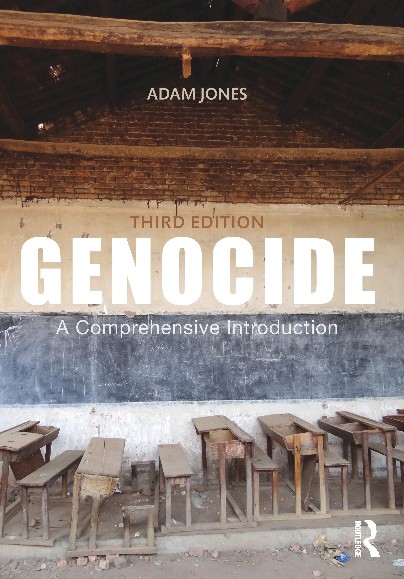Scandal of the Spanish Civil War Mass Graves
By Alasdair Fotheringham
The Independent, November 14, 2010
"When 'A M', a Spanish lawyer in her forties, talks about the Franco death squads who murdered her grandfather and tossed his body in a roadside ditch where it remained hidden for the next 74 years, any hatred or anger at the perpetrators is either long gone or deeply buried. But a huge reservoir of sorrow remains, together with resentment at extreme bureaucratic insensitivity. 'In the records of the government office where he worked, he's still noted as "absent from his work station for unknown reasons",' she says. 'We want those records put straight, with recognition of what really happened.' She has requested anonymity for herself and her grandfather because 'that's what my late father would have wanted.' But, in any case, remaining nameless is all that is on offer to the vast majority of the 120,000-plus victims believed to have been killed and buried by Franco's militias -- and who are still waiting to be dug up. That wait is coming dangerously close to becoming permanent. Today, 71 years after the Spanish civil war ended, 35 years after Franco's death, and four years after a law was passed authorising exhumation of the war's mass graves, barely 10 per cent of the estimated 2,052 sites have been investigated.
In the province of Seville, 102 out of 104 have not been unearthed -- even though, as A M says, 'everybody who lived through the Franco years knows where the sites are; it was part of what our parents grew up with.' Juan Luis Castro, an archaeologist who has been present at more than half the exhumations of civil war graves in Andalusia, says: 'The graves and execution sites were mainly at the sides of cemeteries, where the atheists and suicides, as well as huge numbers of unbaptised children, were buried during the Franco years.' Roadside ditches, according to Mr. Castro, were another favourite spot. Spain's most famous 'missing person' from the civil war, the poet Federico Garcia Lorca, is believed to have been murdered along with 4,000 Republicans by a ditch on a hillside above Granada. 'But in other cases the bodies have been found in pits in forests or in wells. At the concentration camp in Castuera, they'd rope up a prisoner, throw them in a well and then throw in a hand grenade,' Mr. Castro says. With time and encroaching urban development, some burial sites from the period have disappeared, hidden under huge rubbish tips or inside the gardens of plush housing estates. A children's play park was recently developed over one, at La Palma de Condado in Huelva, south-west Spain. About 200 bodies are estimated to be buried beneath the concrete. However, some mass burial sites are quite unmissable, such as Franco's Valley of the Fallen, a vast mausoleum in a lonely valley in the sierras west of Madrid, some 50km from the city. A cross, 150m high and 46m wide, marks the spot, ensuring it is visible for miles around. This, the last national monument in democratic Europe to a former dictator, contains the remains of the Spanish Fascist Party founder, Jose Antonio Primo de Rivera, as well as those of the general. Also present, due to Franco's macabre wish to fill the crypts with civil war combatants, are another 33,847 bodies, more than a third unidentified. Some are Nationalists, others Republican prisoners from battalions of forced labour who died during the monument's 20-year construction. Yet others were exhumed from mass execution graves in the 1950s, purely to 'top up' the crypts after Nationalists failed to find enough unidentified massacre victims from their own side. Thus, murdered Republicans now lie next to the man responsible for their deaths. Extracting any of these from the most notorious mass grave of the Franco years, as the families of nine former Republicans requested earlier this year, may prove particularly difficult. The government, uncomfortably aware that the Valley of the Fallen remains sacrosanct to Franco's dwindling but vociferous band of supporters, ordered a covert four-month investigation. This initially declared that the state of the coffins was so decrepit that an excavation was impossible. However, some of the victims' families say they have been told that a final verdict will be given in three months' time. The blurry government reaction has done little to quell persistent rumours that there are plans to shift Franco himself to the Madrid cemetery where his wife, Carmen Polo, is buried and convert the entire Valley of the Fallen into a genuine memorial to his victims. The site attracts six million visitors a year. [...]"
Sunday, November 14, 2010
Subscribe to:
Post Comments (Atom)














No comments:
Post a Comment
Please be constructive in your comments. - AJ